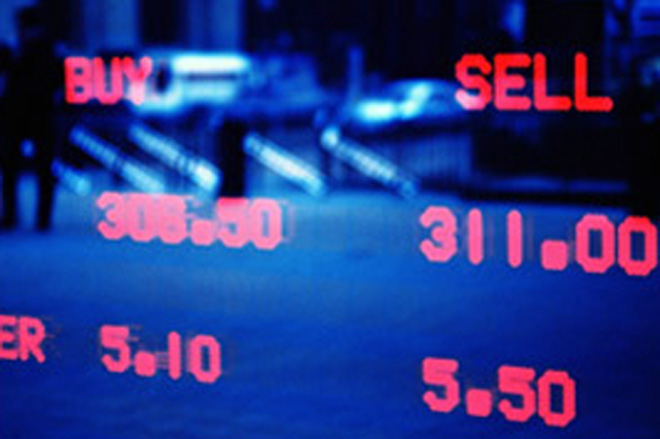ADB reviews forecast for Kyrgyzstan's and Tajikistan’s economic growth

The Asian Development Bank (ADB) revised its GDP growth forecast on Kyrgyzstan and Tajikistan in 2015, the bank’s Asian Development Outlook 2014 report, released on March 24, said.
In Kyrgyzstan growth is likely to slow further to 1.7 percent in
2015, reflecting recession
in the Russia, sluggish performance in Kazakhstan, and a further
drop in gold production as the quality of extracted ore declines,
the report says. Growth is expected to remain positive, however,
with recovery in agro-processing and textiles and more trade as the
Kyrgyzstan joins the Eurasian Economic Union. Growth is projected
at 2.0 percent in 2016 on the assumption of some recovery in Russia
and Kazakhstan and higher remittances. The highly volatile external
environment poses downside risks to growth, ADB says.
In 2014 growth slowed to 3.6 percent in Kyrgyzstan as the economies
of Russia and Kazakhstan weakened, while local currency
depreciation of about 19 percent pushed inflation to 7.5 percent,
ADB said.
Currency depreciation and tariff increases on imports to comply
with the EEU are projected to keep average annual inflation at 10.5
percent in 2015 and 10.0 percent in 2016. Continued ruble
depreciation could trigger further weakening of Kyrgyz som
(national currency), which would likely worsen inflation and
dollarization.
In Tajikistan GDP growth is projected to slow to 4.0 percent in
2015, reflecting a recession of at least 3.0 percent in Russia and
continued weakness in global economic outlook, according to the
bank’s reported. Growth could recover somewhat to 4.8 percent in
2016 with some improvement in Russia and the external environment
generally. This will likely be supported by new job creation along
the Trans-Tajik Gas Pipeline, which was ratified by parliament in
December 2014 and is slated to begin construction this year. Plans
to increase social spending and raise public sector wages by 25
percent beginning in September 2015 should add to growth in 2016.
Inflation will likely accelerate in 2015 to 10.0 percent or more as
currency depreciation raises the prices of imported consumer goods.
A more stable currency and some recovery in remittances would allow
inflation to ease back to 6.5–7.0 percent in 2016.
In 2014 declines in remittances and the traditional exports of aluminum and cotton slowed growth to 6.7 percent in Tajikistan from 7.4 percent a year earlier. Inflation worsened to 6.1 percent, and the current account deficit to 7.9 percent of GDP.
ADB was established in 1966 and has 67 members. The bank's
headquarters is located in the capital of the Philippines, Manila.
Azerbaijan joined ADB on December 22, 1999. The country's share in
the bank's capital is 0.5 percent.
ADB's leading shareholders are Japan and the United States (31.2
percent of the total share capital), India and China (12.8
percent), Australia, South Korea and Canada (16 percent) and so
on.
--
Follow us on Twitter @AzerNewsAz
Here we are to serve you with news right now. It does not cost much, but worth your attention.
Choose to support open, independent, quality journalism and subscribe on a monthly basis.
By subscribing to our online newspaper, you can have full digital access to all news, analysis, and much more.
You can also follow AzerNEWS on Twitter @AzerNewsAz or Facebook @AzerNewsNewspaper
Thank you!
